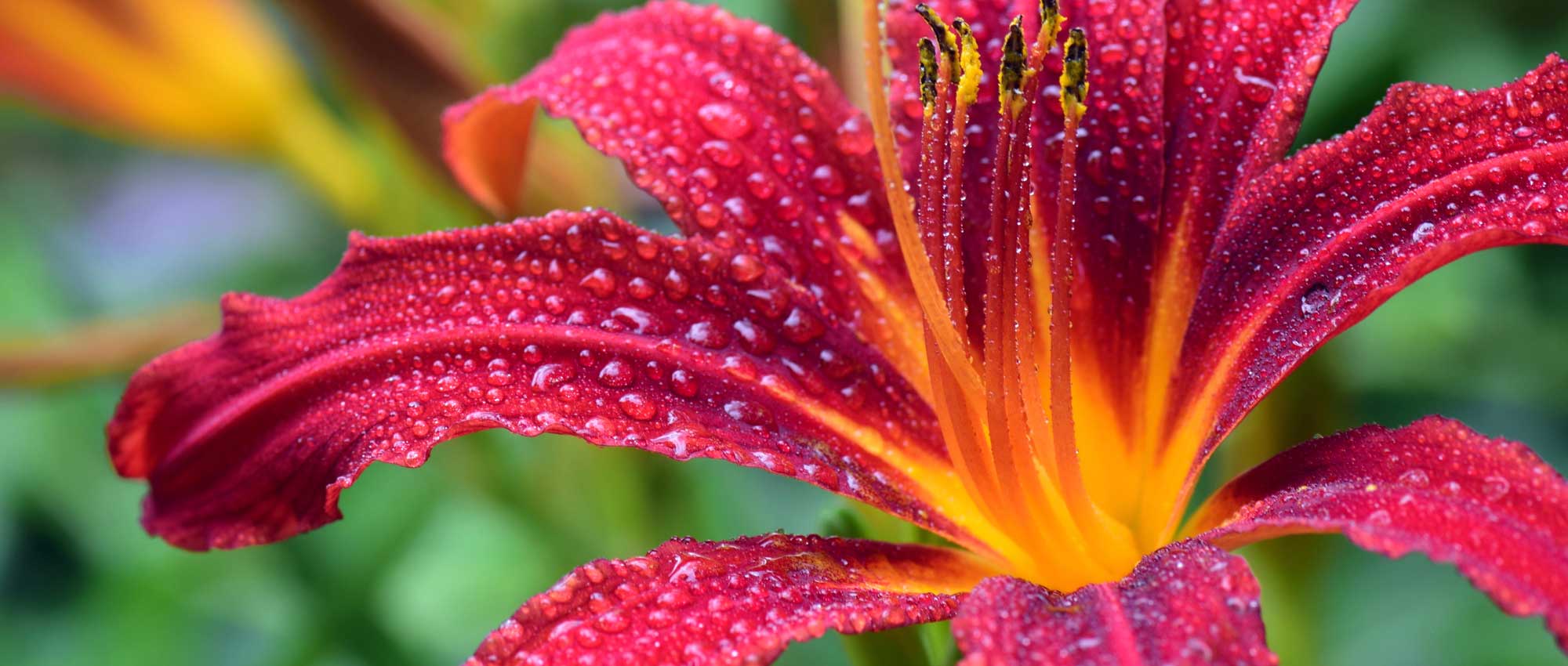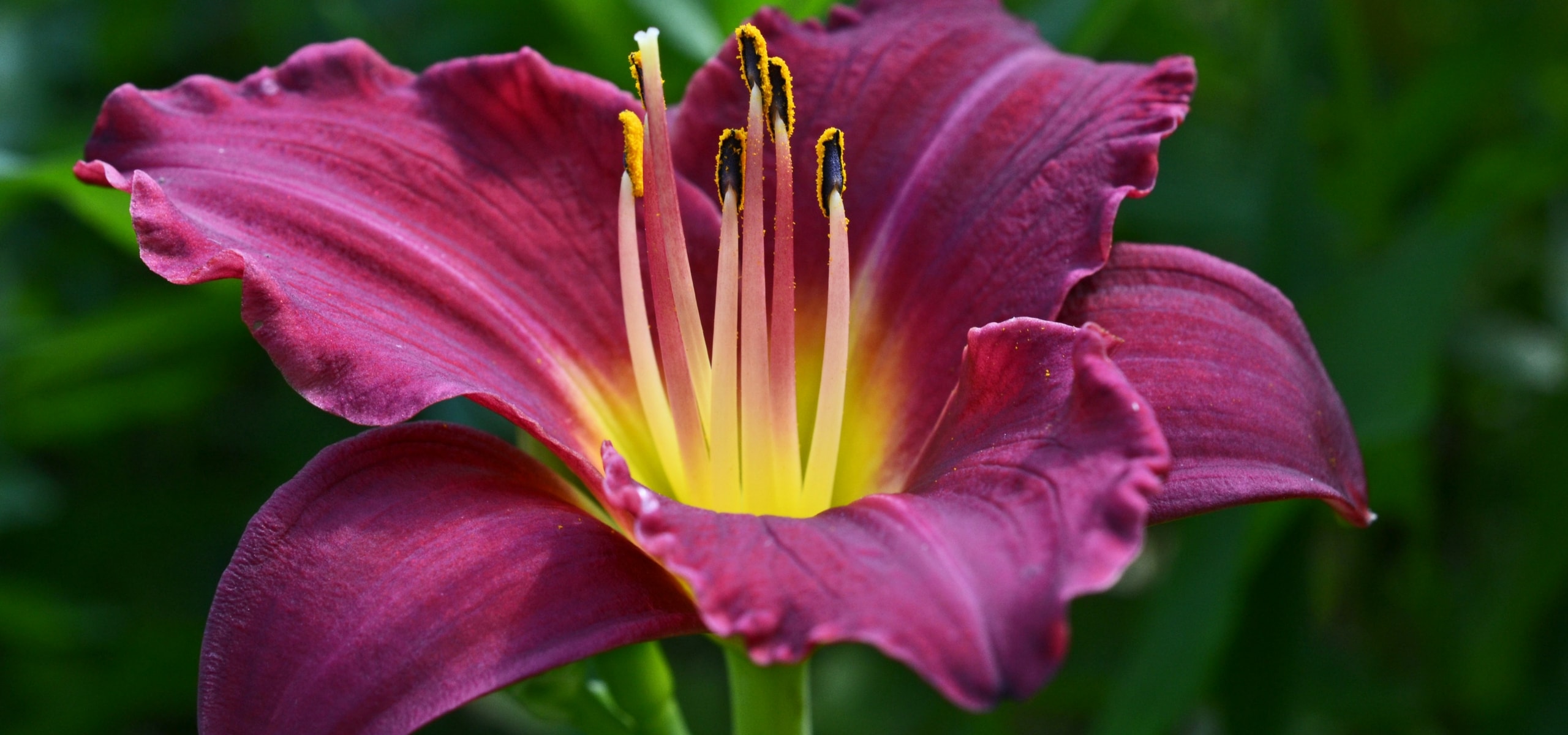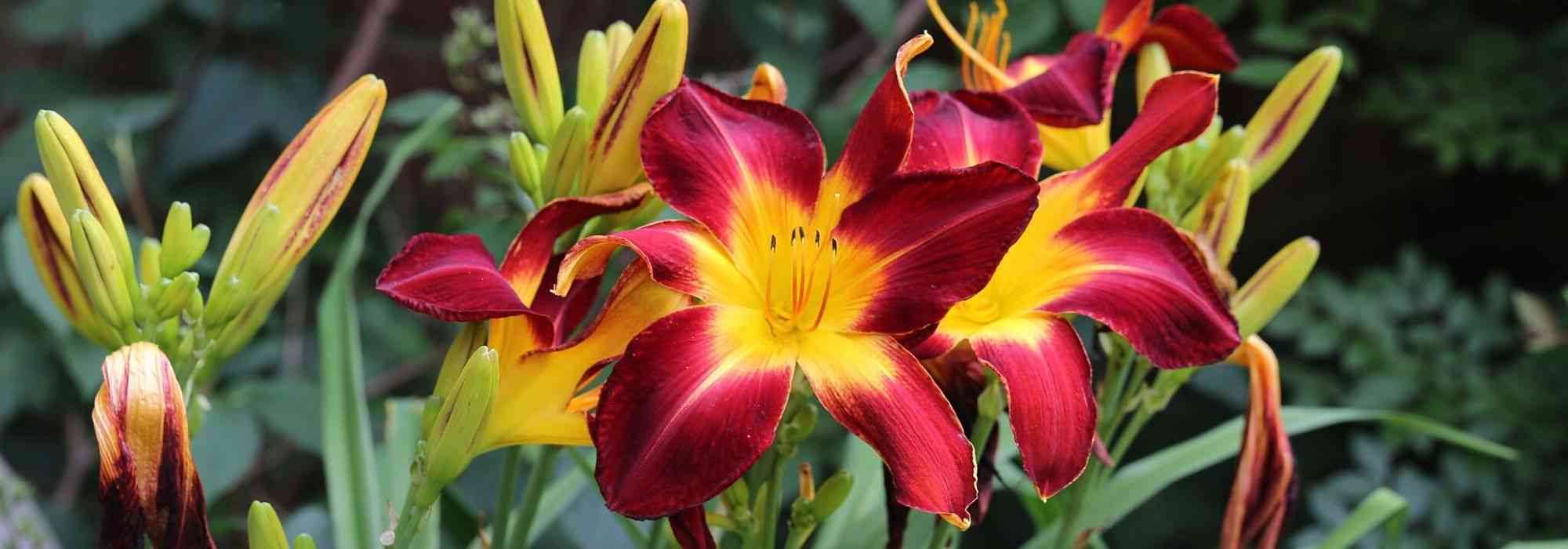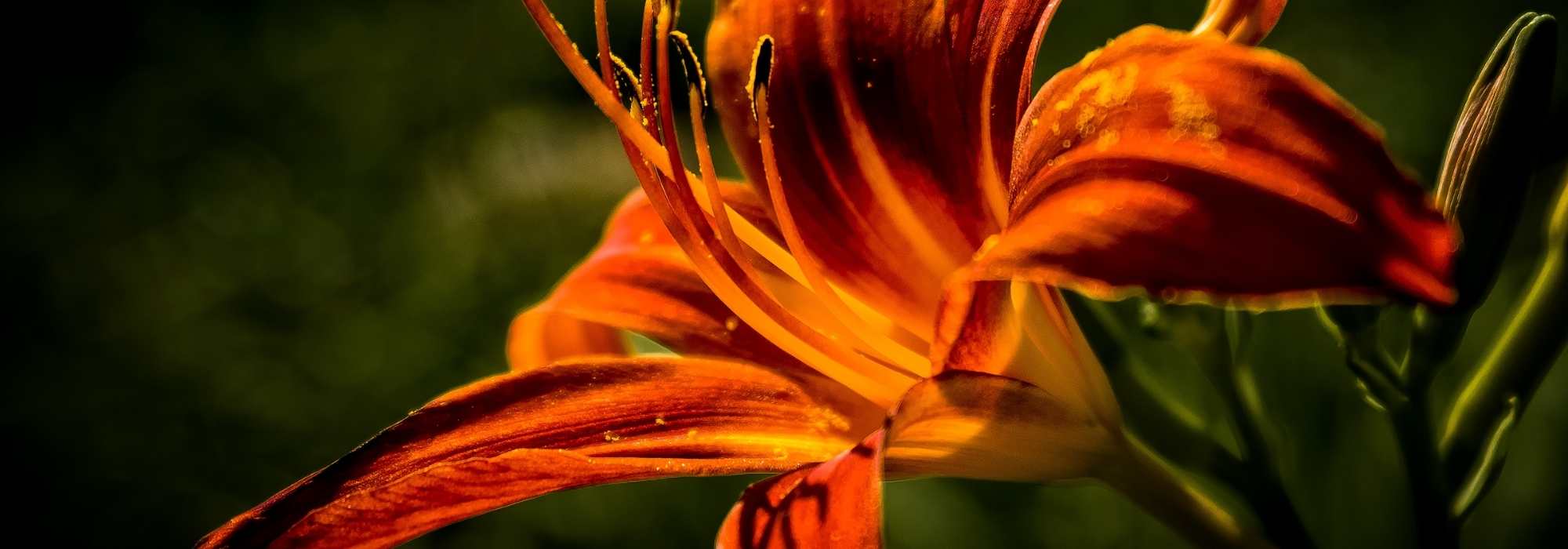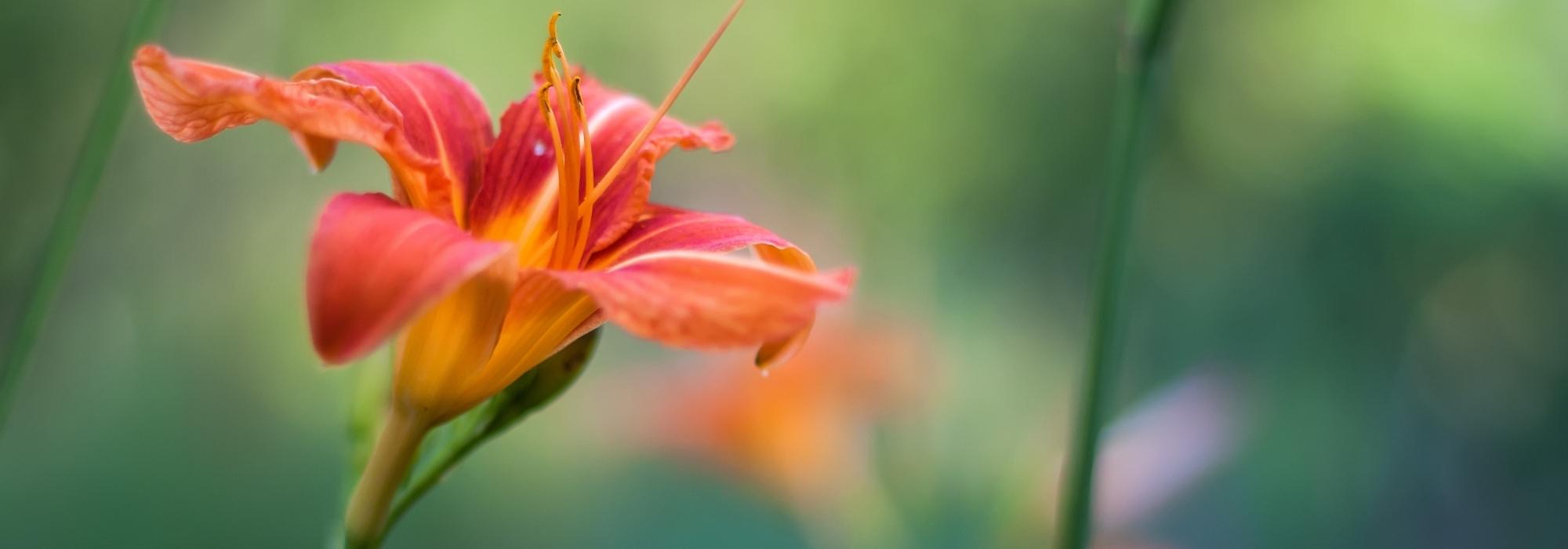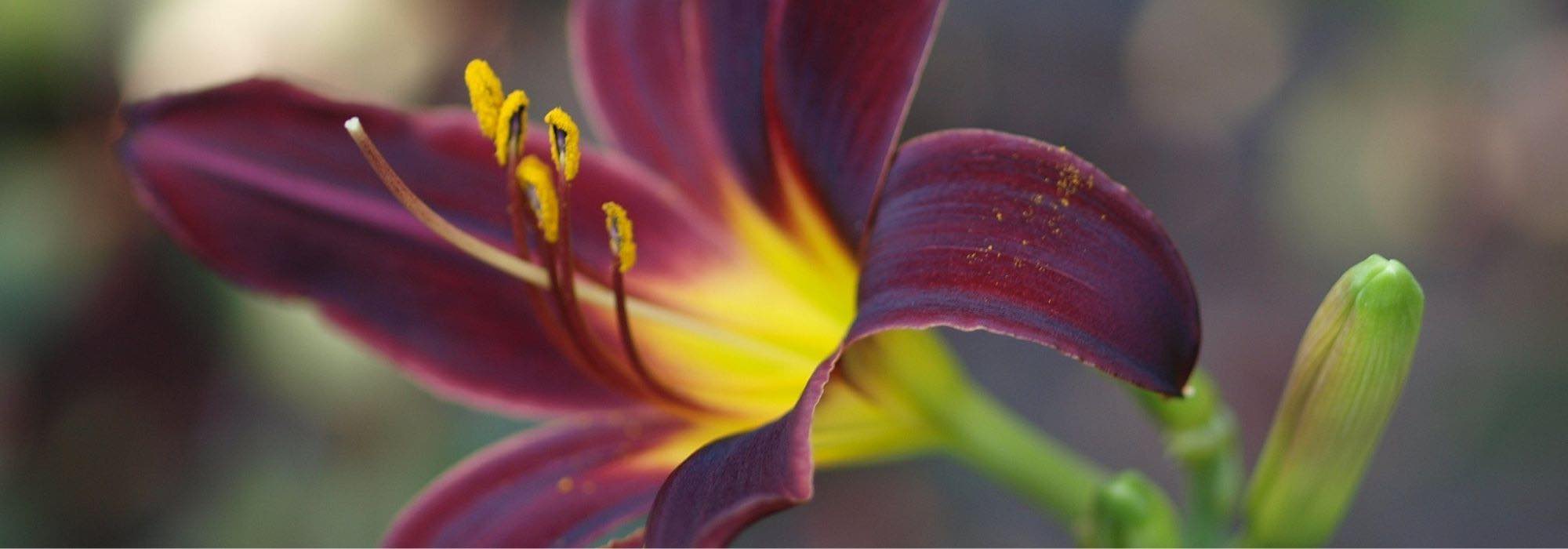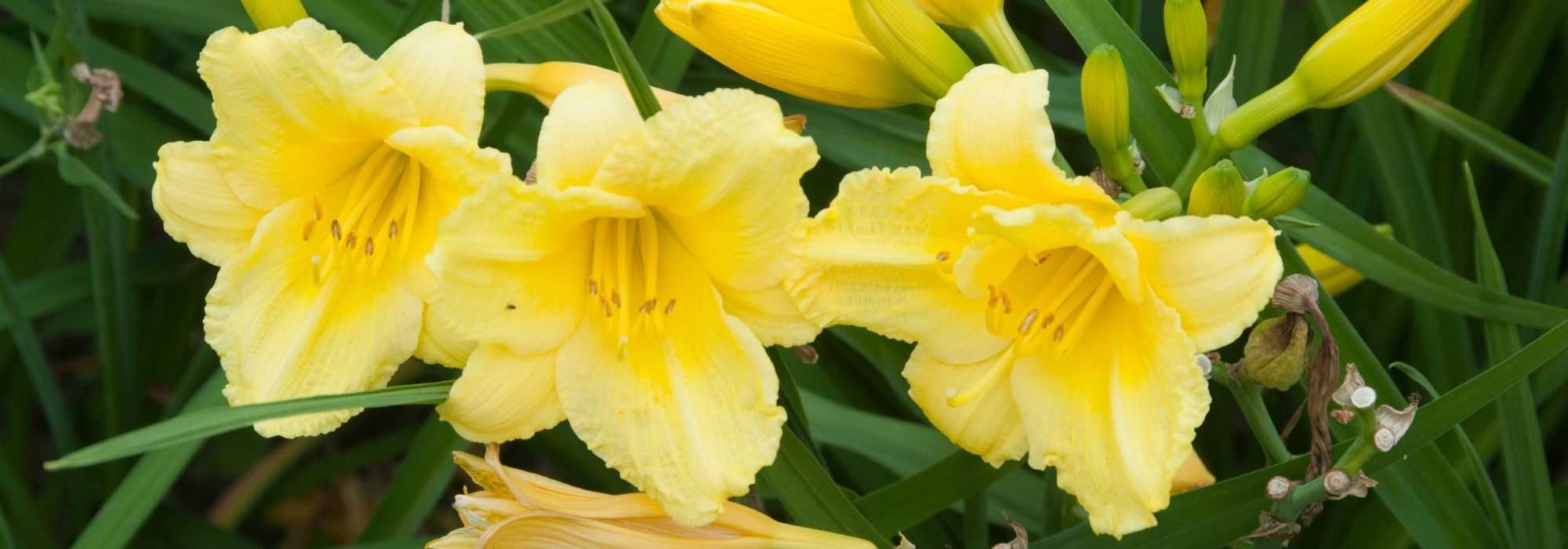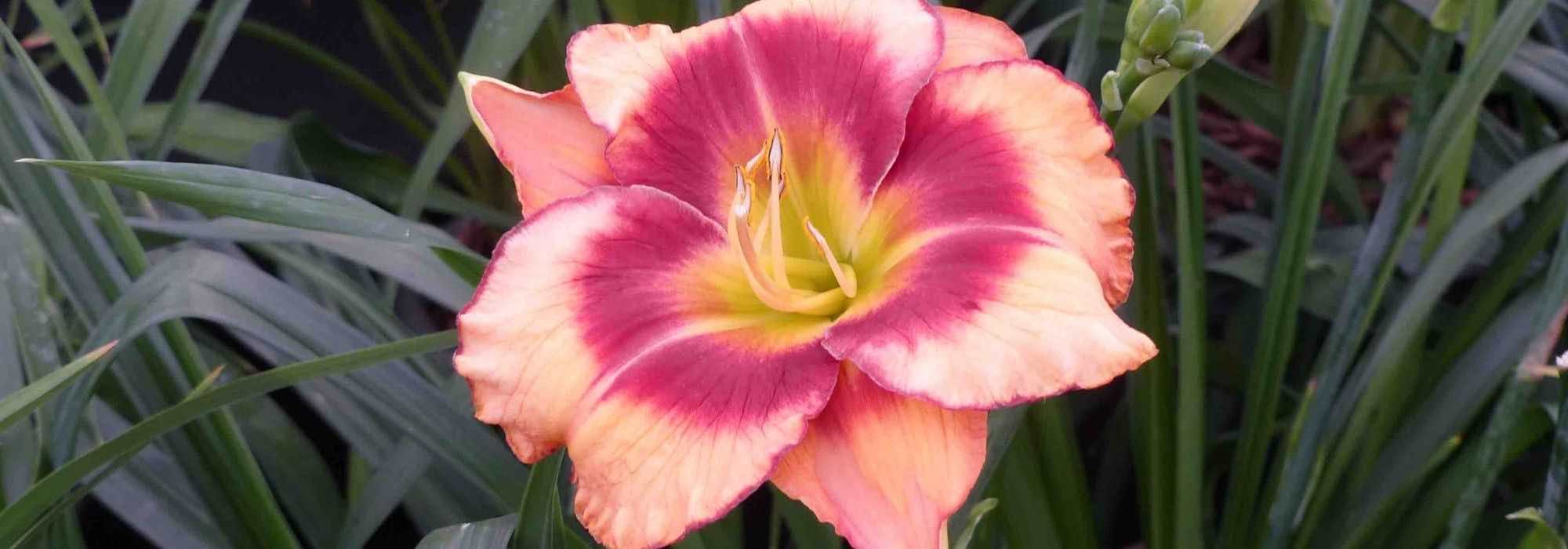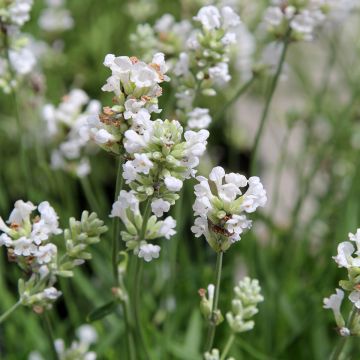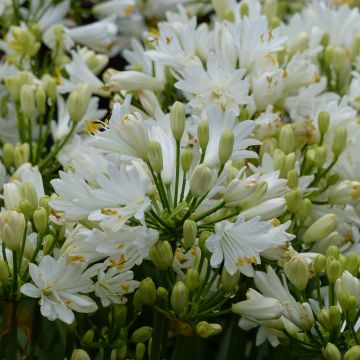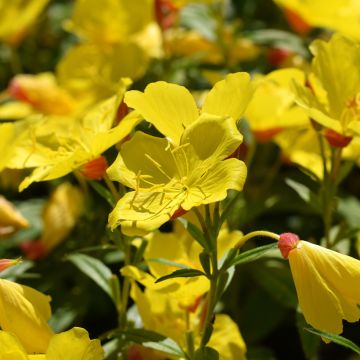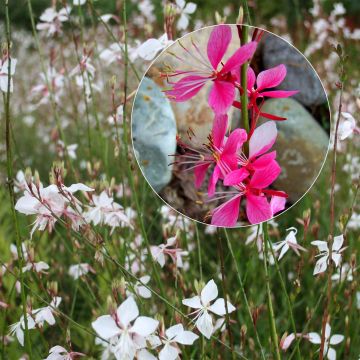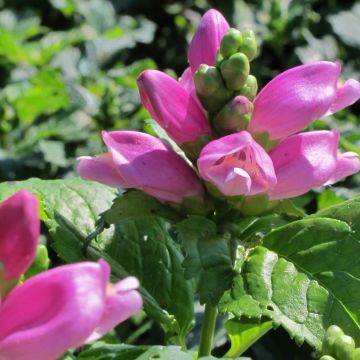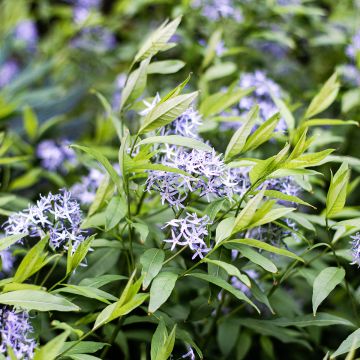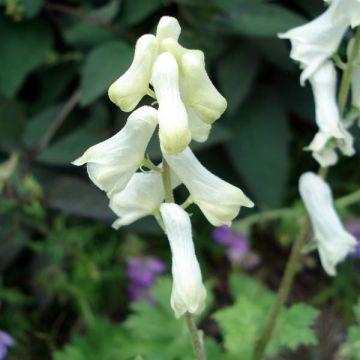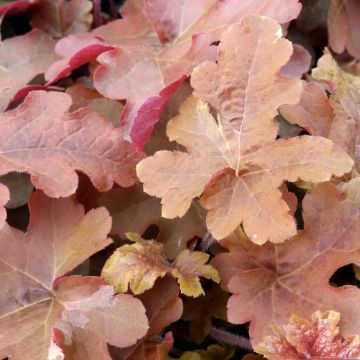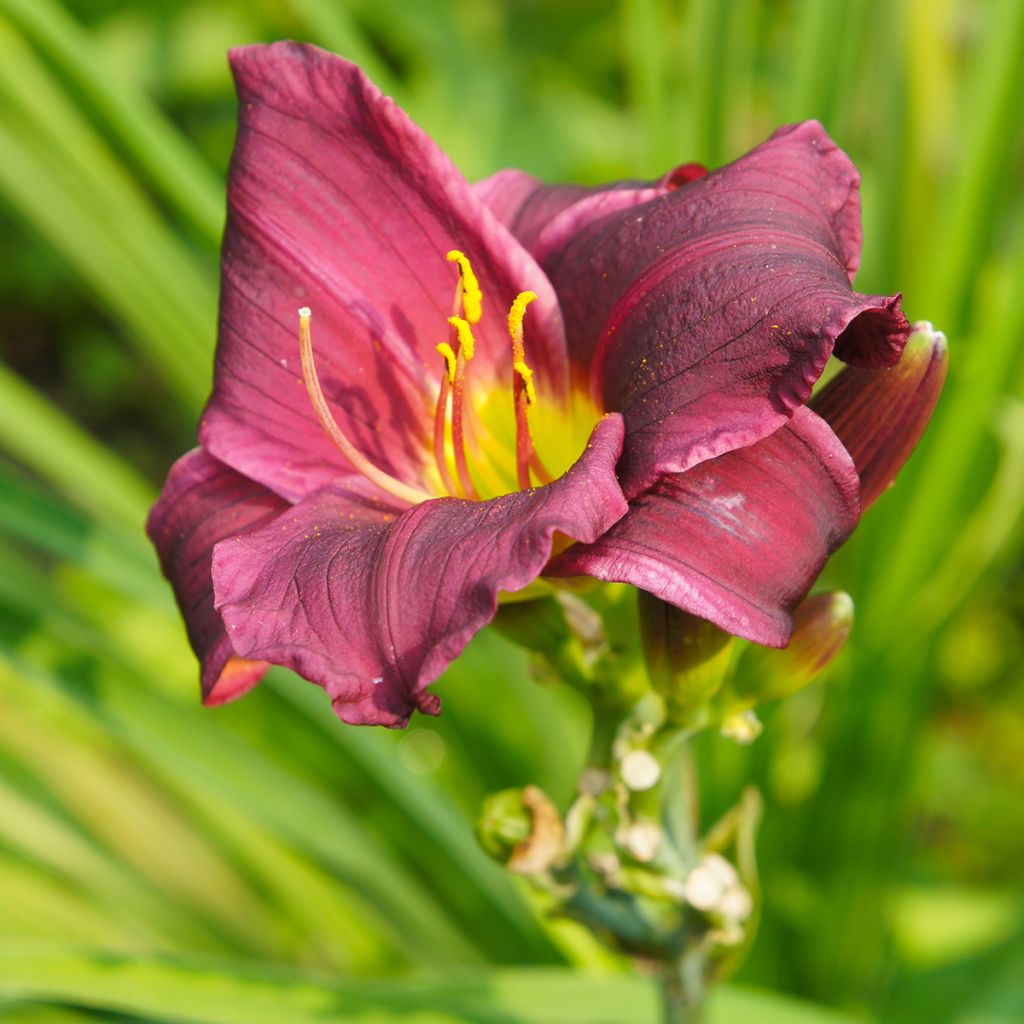

Hemerocallis Summer Wine - Daylily
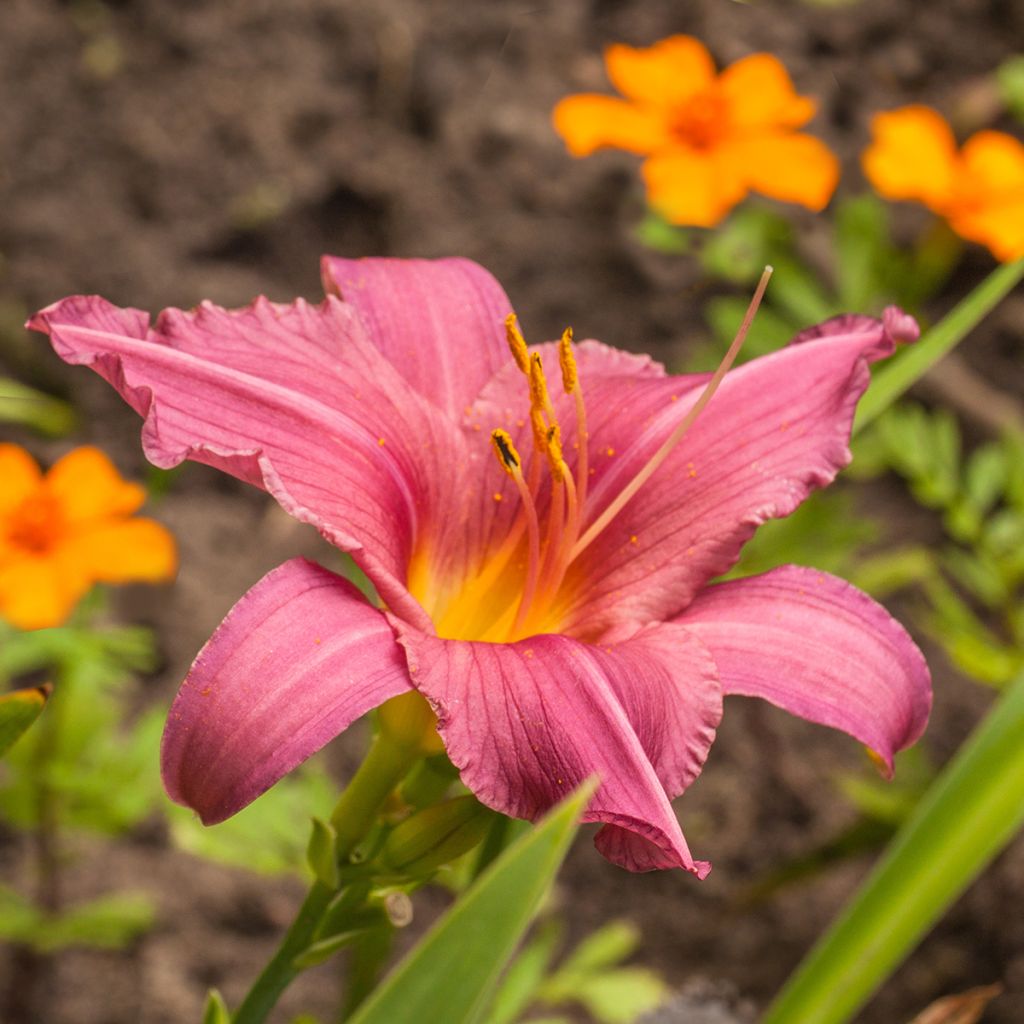

Hemerocallis Summer Wine - Daylily
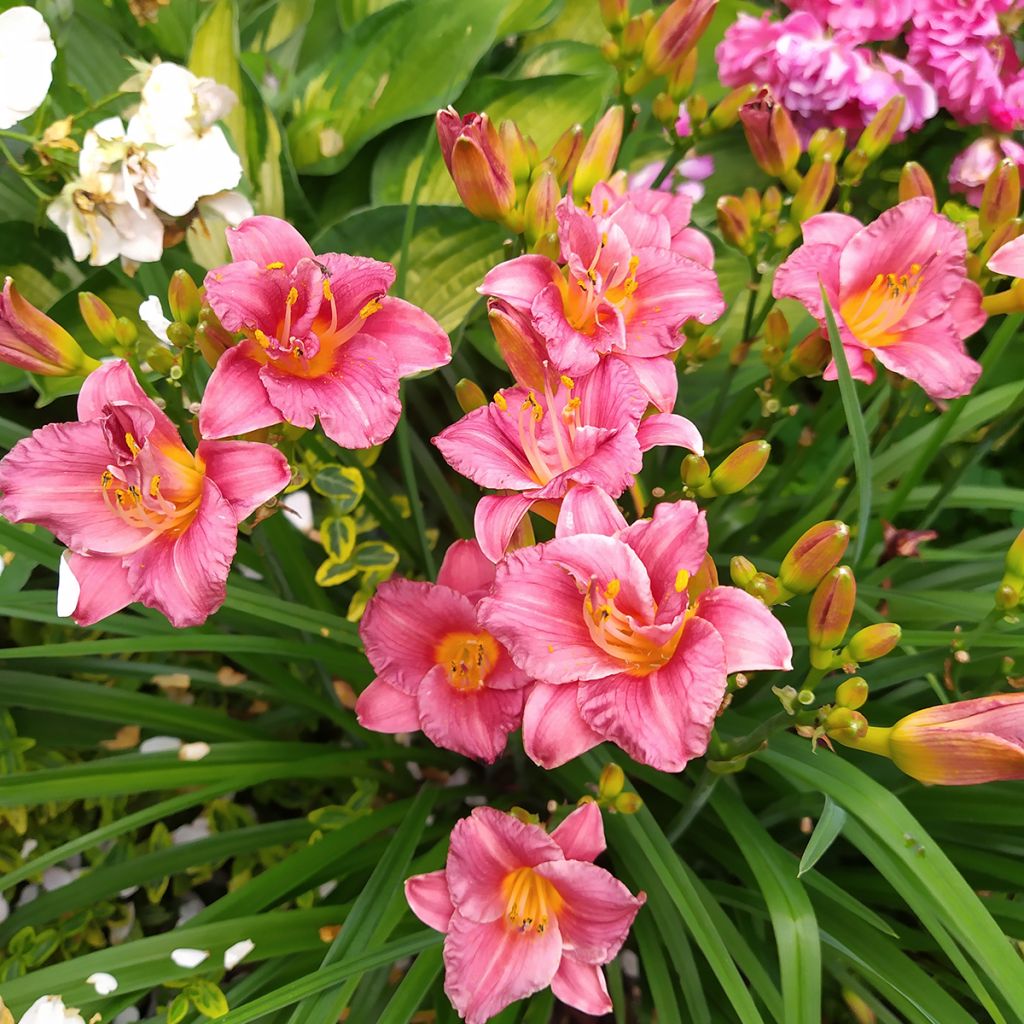

Hemerocallis Summer Wine - Daylily
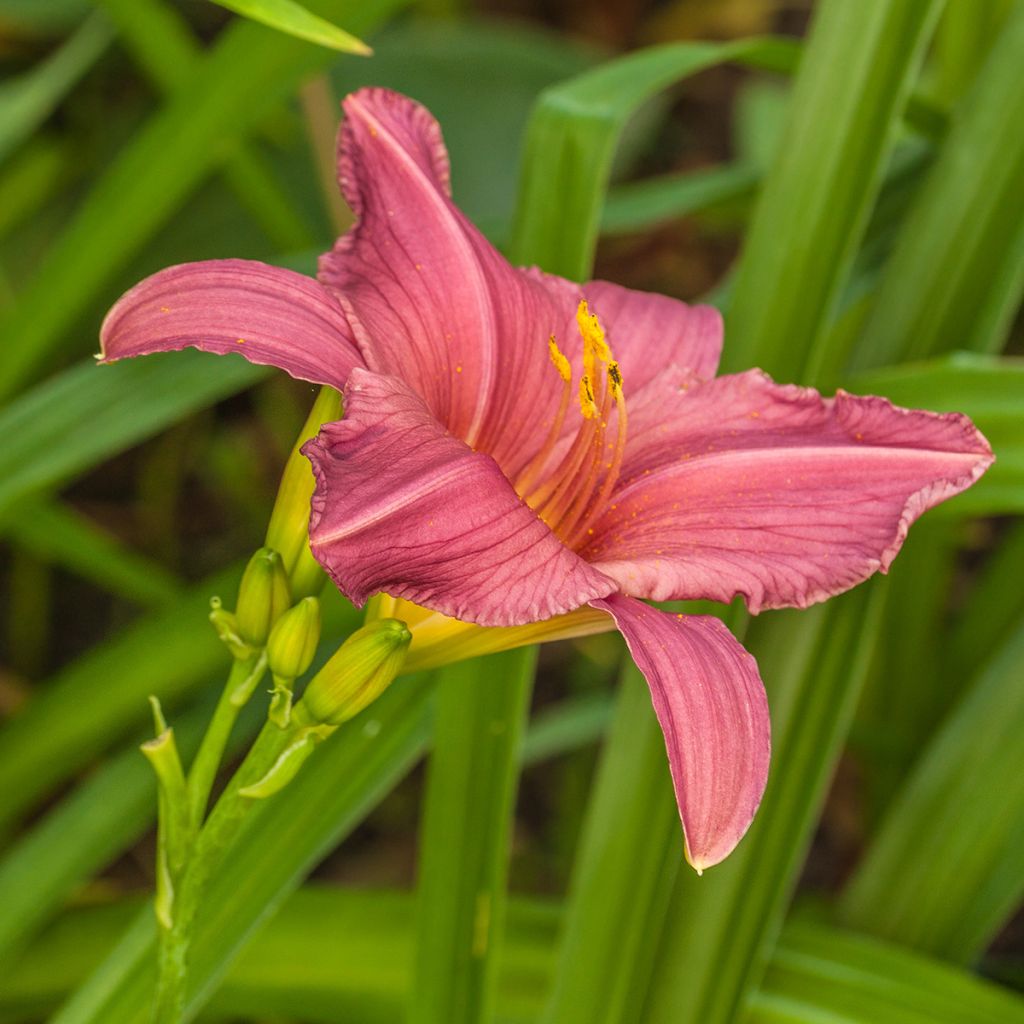

Hemerocallis Summer Wine - Daylily
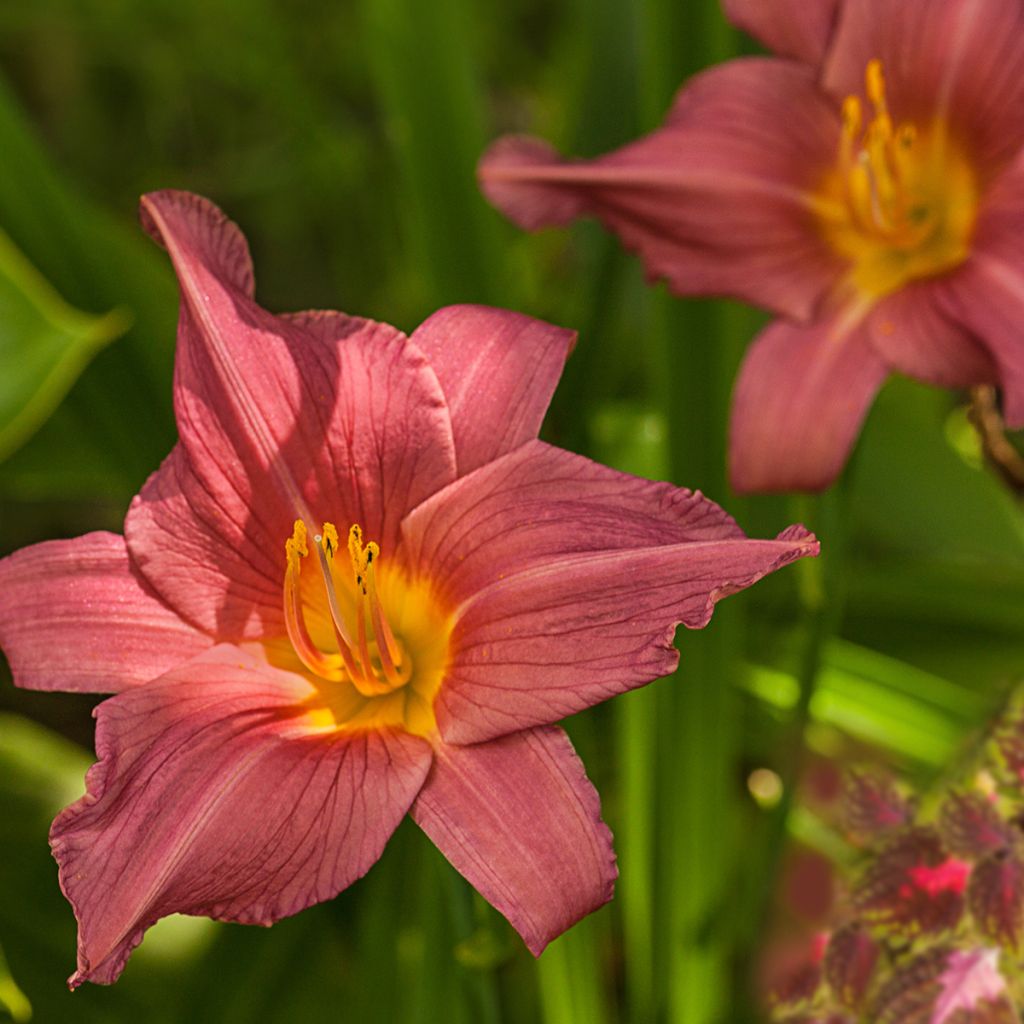

Hemerocallis Summer Wine - Daylily
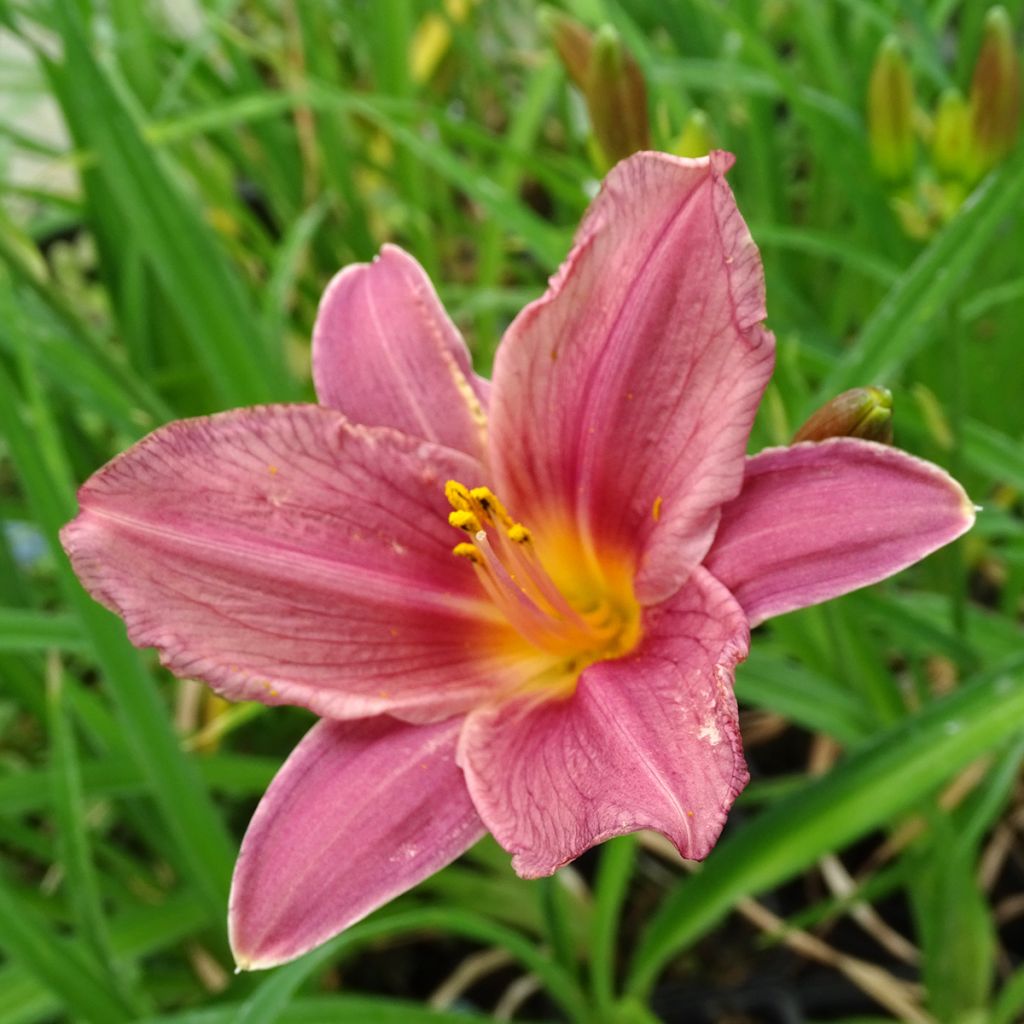

Hemerocallis Summer Wine - Daylily
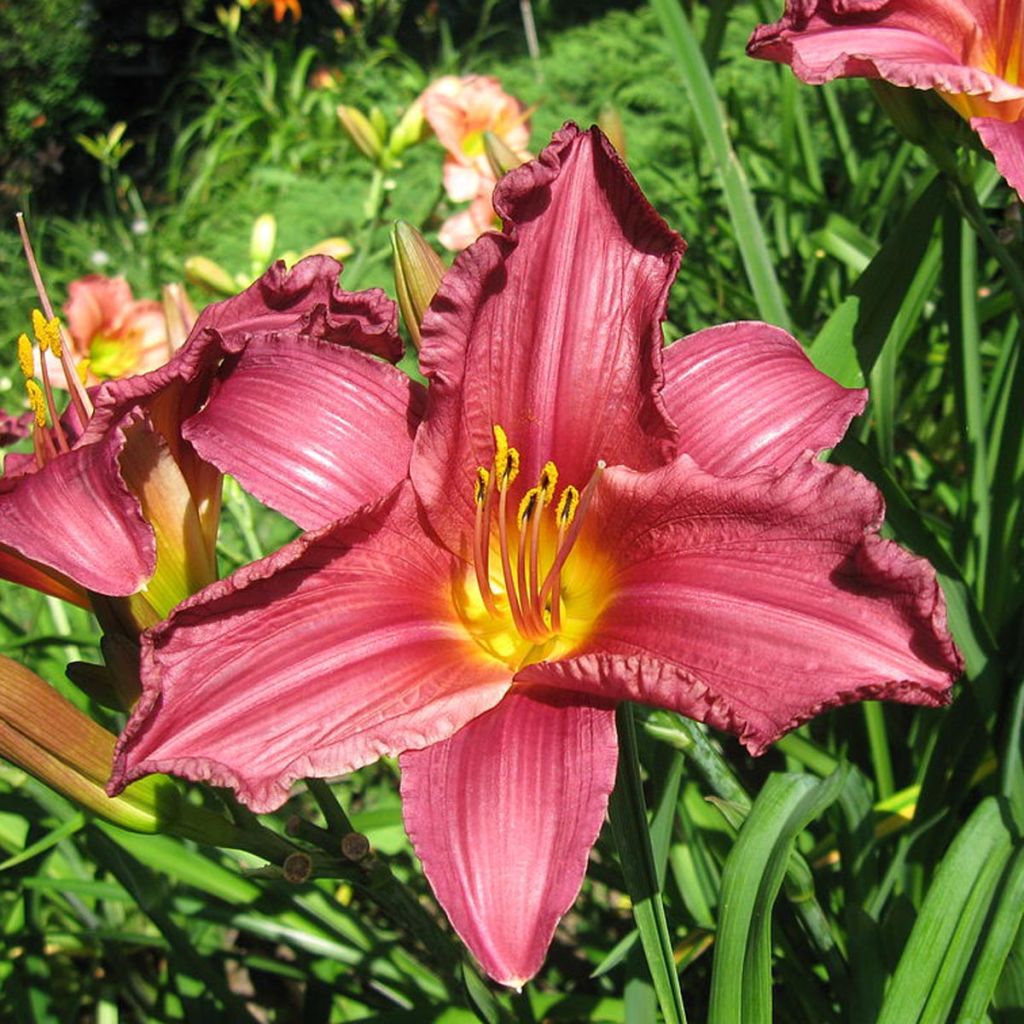

Hemerocallis Summer Wine - Daylily
Hemerocallis Summer Wine - Daylily
Hemerocallis Summer Wine
Daylily
Fair condition, however soil slightly damp and a few leaves yellowed.
Philippe, 11/08/2020
Special offer!
Receive a €20 voucher for any order over €90 (excluding delivery costs, credit notes, and plastic-free options)!
1- Add your favorite plants to your cart.
2- Once you have reached €90, confirm your order (you can even choose the delivery date!).
3- As soon as your order is shipped, you will receive an email containing your voucher code, valid for 3 months (90 days).
Your voucher is unique and can only be used once, for any order with a minimum value of €20, excluding delivery costs.
Can be combined with other current offers, non-divisible and non-refundable.
Home or relay delivery (depending on size and destination)
Schedule delivery date,
and select date in basket
This plant carries a 12 months recovery warranty
More information
We guarantee the quality of our plants for a full growing cycle, and will replace at our expense any plant that fails to recover under normal climatic and planting conditions.
Does this plant fit my garden?
Set up your Plantfit profile →
Description
Hemerocallis 'Summer Wine' displays its large saturated intense pink trumpet-shaped flowers, veined with purple shades and illuminated by a chartreuse-green throat. Very vigorous and floriferous, this daylily blooms in mid-season and has deciduous foliage.
The Hemerocallis genus belongs to the daylily family, close to the lily family. These are perennial and hardy plants with deciduous or semi-evergreen foliage. 'Summer Wine' forms a compact clump that will reach a height of 60 cm (24 in), with a spread of 60 cm (24 in). The thick, satin-like flowers last individually for barely a day, but they continuously renew on sturdy stems. They measure 12 cm (5 in) in diameter. The linear foliage is deciduous. Daylilies are plants with short rhizomes and fleshy roots.
Very easy to grow, these undoubtedly hardy perennial plants thrive in both sun and shade. Some varieties spread more than others, and dividing the clumps in autumn allows enthusiasts to exchange their findings. The daylily is often called "the perfect perennial plant", due to its vibrant colours and its ability to tolerate any type of environment, but also due to its lack of modesty: it has a beautiful exuberance that is very appealing in a garden. Plant 'Summer Wine' in generous clumps along with other perennials. Also consider summer-flowering bulbs to vary the display, and add a touch of lightness with the graceful habit of a grass. This compact variety is perfect for container gardening to adorn a balcony or terrace: large pots of at least 30 cm (12 in) deep are recommended. The flowers are edible: they brighten up salads and garnish desserts.
Many varieties have been developed in Japan, where they are very popular. The flowers of these plants come in a wide range of colours and shapes. Over sixty thousand cultivars, mostly resulting from hybridisations by gardening enthusiasts, are listed, appreciated, and studied by international Hemerocallis societies.
Hemerocallis Summer Wine - Daylily in pictures
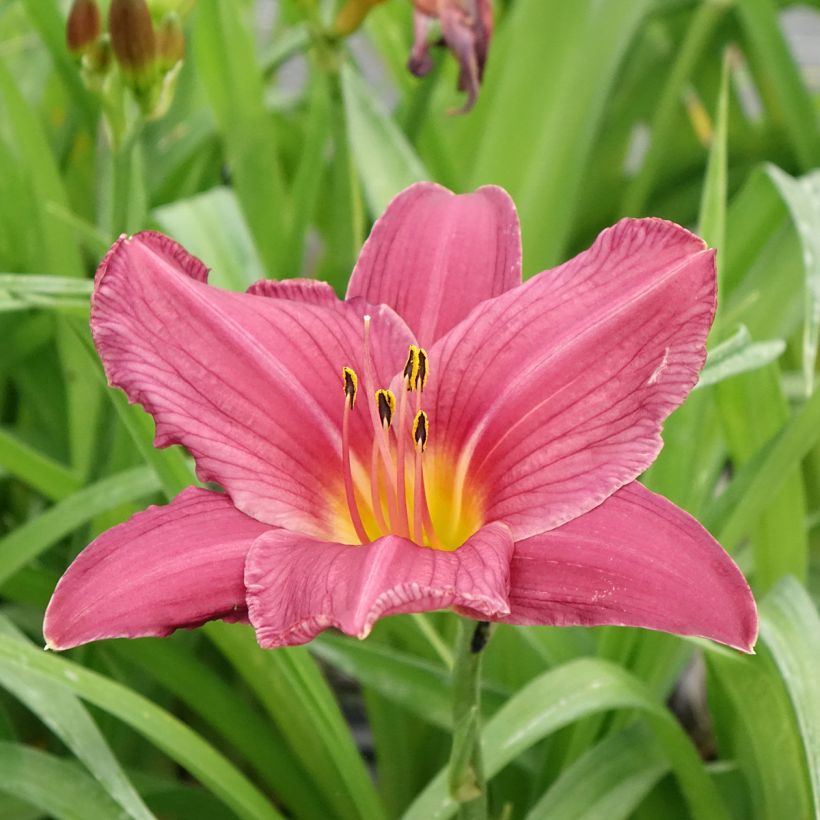

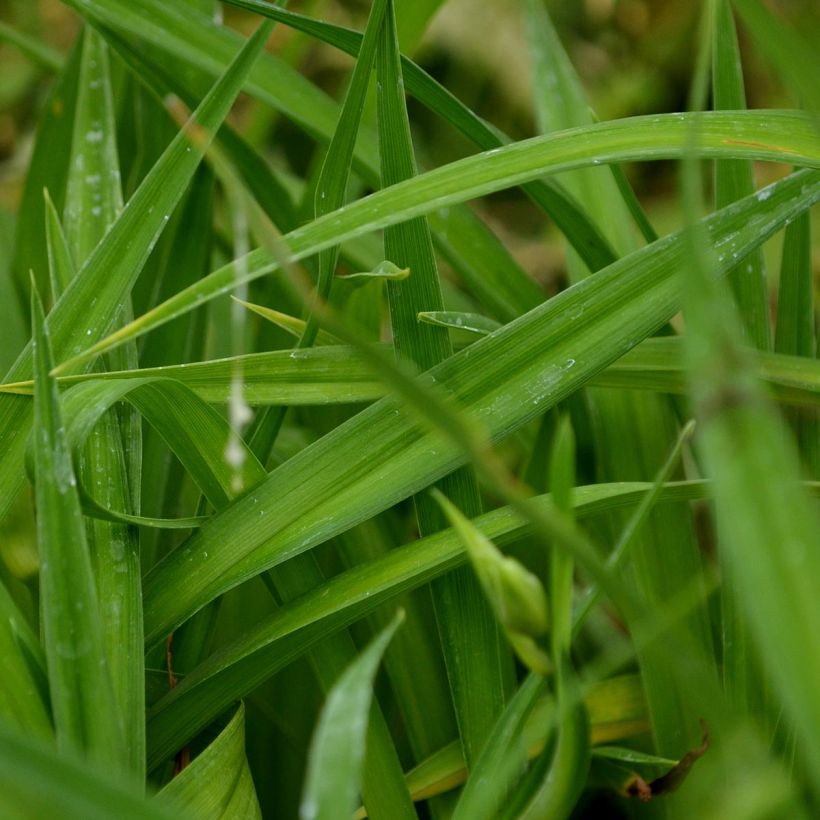

Flowering
Foliage
Plant habit
Botanical data
Hemerocallis
Summer Wine
Hemerocallidaceae
Daylily
Cultivar or hybrid
Planting and care
Plant your Hemerocallis 'Summer Wine' in good garden soil that is not too clayey and that is enriched with humus and compost. Under these conditions, your perennial will have good tolerance to summer droughts and will not suffer from winter frosts. Very easy to grow, this variety is not susceptible to parasites or diseases, so there is no need to treat it and rodents are not interested in it. Daylilies thrive equally well in shade or sun, with 4 to 5 hours of daily sunlight being sufficient. Plant it by burying the collar 3 to 4 cm (1 to 2 in) below the surface. Do not plant them too closely together if you are planting multiple plants, as the spaces will quickly fill in. For a few weeks after planting, it is advisable to keep the soil fairly moist. Divide the clumps preferably in autumn after flowering.
Planting period
Intended location
Care
Planting & care advice
-
, onOrder confirmed
Reply from on Promesse de fleurs
Similar products
Haven't found what you were looking for?
Hardiness is the lowest winter temperature a plant can endure without suffering serious damage or even dying. However, hardiness is affected by location (a sheltered area, such as a patio), protection (winter cover) and soil type (hardiness is improved by well-drained soil).

Photo Sharing Terms & Conditions
In order to encourage gardeners to interact and share their experiences, Promesse de fleurs offers various media enabling content to be uploaded onto its Site - in particular via the ‘Photo sharing’ module.
The User agrees to refrain from:
- Posting any content that is illegal, prejudicial, insulting, racist, inciteful to hatred, revisionist, contrary to public decency, that infringes on privacy or on the privacy rights of third parties, in particular the publicity rights of persons and goods, intellectual property rights, or the right to privacy.
- Submitting content on behalf of a third party;
- Impersonate the identity of a third party and/or publish any personal information about a third party;
In general, the User undertakes to refrain from any unethical behaviour.
All Content (in particular text, comments, files, images, photos, videos, creative works, etc.), which may be subject to property or intellectual property rights, image or other private rights, shall remain the property of the User, subject to the limited rights granted by the terms of the licence granted by Promesse de fleurs as stated below. Users are at liberty to publish or not to publish such Content on the Site, notably via the ‘Photo Sharing’ facility, and accept that this Content shall be made public and freely accessible, notably on the Internet.
Users further acknowledge, undertake to have ,and guarantee that they hold all necessary rights and permissions to publish such material on the Site, in particular with regard to the legislation in force pertaining to any privacy, property, intellectual property, image, or contractual rights, or rights of any other nature. By publishing such Content on the Site, Users acknowledge accepting full liability as publishers of the Content within the meaning of the law, and grant Promesse de fleurs, free of charge, an inclusive, worldwide licence for the said Content for the entire duration of its publication, including all reproduction, representation, up/downloading, displaying, performing, transmission, and storage rights.
Users also grant permission for their name to be linked to the Content and accept that this link may not always be made available.
By engaging in posting material, Users consent to their Content becoming automatically accessible on the Internet, in particular on other sites and/or blogs and/or web pages of the Promesse de fleurs site, including in particular social pages and the Promesse de fleurs catalogue.
Users may secure the removal of entrusted content free of charge by issuing a simple request via our contact form.
The flowering period indicated on our website applies to countries and regions located in USDA zone 8 (France, the United Kingdom, Ireland, the Netherlands, etc.)
It will vary according to where you live:
- In zones 9 to 10 (Italy, Spain, Greece, etc.), flowering will occur about 2 to 4 weeks earlier.
- In zones 6 to 7 (Germany, Poland, Slovenia, and lower mountainous regions), flowering will be delayed by 2 to 3 weeks.
- In zone 5 (Central Europe, Scandinavia), blooming will be delayed by 3 to 5 weeks.
In temperate climates, pruning of spring-flowering shrubs (forsythia, spireas, etc.) should be done just after flowering.
Pruning of summer-flowering shrubs (Indian Lilac, Perovskia, etc.) can be done in winter or spring.
In cold regions as well as with frost-sensitive plants, avoid pruning too early when severe frosts may still occur.
The planting period indicated on our website applies to countries and regions located in USDA zone 8 (France, United Kingdom, Ireland, Netherlands).
It will vary according to where you live:
- In Mediterranean zones (Marseille, Madrid, Milan, etc.), autumn and winter are the best planting periods.
- In continental zones (Strasbourg, Munich, Vienna, etc.), delay planting by 2 to 3 weeks in spring and bring it forward by 2 to 4 weeks in autumn.
- In mountainous regions (the Alps, Pyrenees, Carpathians, etc.), it is best to plant in late spring (May-June) or late summer (August-September).
The harvesting period indicated on our website applies to countries and regions in USDA zone 8 (France, England, Ireland, the Netherlands).
In colder areas (Scandinavia, Poland, Austria...) fruit and vegetable harvests are likely to be delayed by 3-4 weeks.
In warmer areas (Italy, Spain, Greece, etc.), harvesting will probably take place earlier, depending on weather conditions.
The sowing periods indicated on our website apply to countries and regions within USDA Zone 8 (France, UK, Ireland, Netherlands).
In colder areas (Scandinavia, Poland, Austria...), delay any outdoor sowing by 3-4 weeks, or sow under glass.
In warmer climes (Italy, Spain, Greece, etc.), bring outdoor sowing forward by a few weeks.






























